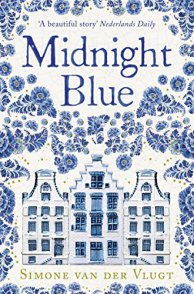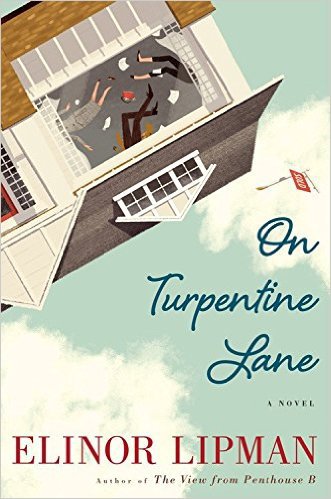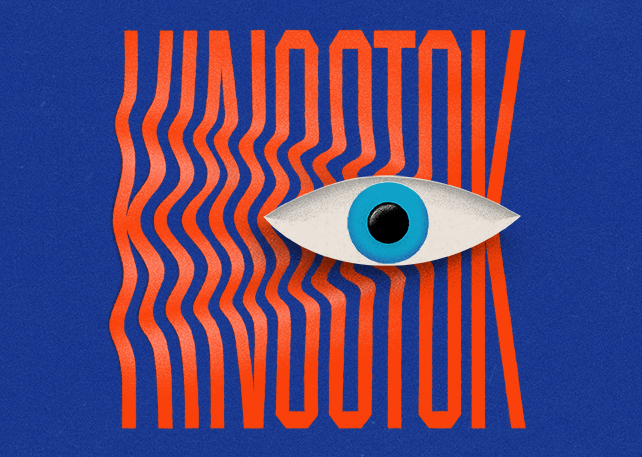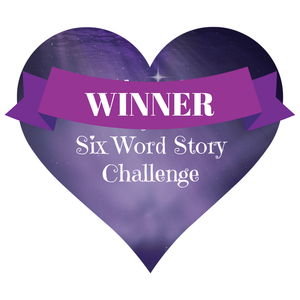
 Simone van der Vlugt © Merlijn Doomernik
Simone van der Vlugt © Merlijn Doomernik
★★★
Recently widowed, Catrin Barentsdochter is a free woman again at the age of 25 and vows that 1654 will finally be her year of change. She’s tired of working the land and amusing herself by painting decorative furniture in her spare time. She wants nothing more than to escape the claustrophobic parochialism of her little village, De Rijp, and make a new life for herself in the nearby town of Alkmaar. However, when an unexpected meeting leads to an offer of work in distant Amsterdam, Catrin realises that the scope of her world might be wider than she ever dreamed.
In the elegant surroundings of the Keizersgracht, Catrin takes up her new job as housekeeper to the Amsterdam merchant Adriaan Van Nulandt and his wife Brigitta. She’s fascinated by their sumptuous lives: by their paintings and their gorgeously expensive blue-and-white Chinese vases. And she grows to know and understand the family: Adriaan, frank and dependable; Brigitta, sublimating her unfulfilled desire for children into painting; and Matthias, the reprobate younger brother whose laughing eyes hide a desire for adventure that no woman can hope to harness. It looks as if she has found her place in this cultured household; but then disaster strikes.
When an unwelcome figure from her past reappears in Amsterdam, Catrin realises that she has to move yet further on. Adriaan suggests that his other brother Evert might have work for her in Delft and so Catrin changes her world again, both in geography and in ambition. For, when she reaches Delft, she discovers that Evert Van Nulandt runs a pottery workshop and Catrin, with her talent for decorative painting, might be just the one to help transform the business forever. Life takes on an idyllic sheen; but Catrin will soon find, to her cost, that the past can never be escaped completely…
This new novel, translated from the Dutch by Jenny Watson, is clearly aimed at those who’ve enjoyed previous novels about women trying to make lives for themselves behind the neat facades of Golden-Age Dutch canal houses. It will sit nicely on the shelf beside Girl with a Pearl Earring, Tulip Fever and The Miniaturist. Whether it necessarily adds anything to them, beyond a new appreciation of Delft Blue, is another question. Midnight Blue is a perfectly solid novel, with a satisfying thriller hiding behind its starched linen cap, but I never felt that it really took flight. Its structure is somewhat unsettled, because you’ve no sooner invested yourself in the Amsterdam story than that’s cut off and you find yourself, like Catrin, having to start again in Delft. And there is something oddly detached about the style. How far this accurately reflects the Dutch original, I’m unable to judge, but although Catrin experiences a series of theoretically dramatic and exciting developments, I never truly felt that excitement transmitted through to me.
Painting is at the heart of the story. It’s Brigitta’s hopeless passion in Amsterdam; it’s Catrin’s secret hobby; and it’s the means by which Evert’s pottery asserts its new vision and confidence; it’s also, of course, the way that wealthy burghers in every Dutch city of the age sought to have themselves immortalised, frowning robustly over their black silks and mill-wheel ruffs. Perhaps, in these circumstances, it’s unjust to note a hint of the Good Morning Dr Johnson School of Historical Fiction creeping in. But it did seem rather remarkable to me that Catrin manages to bump into a whole bevy of well-known Dutch artists, all of whom notice her qualities in various ways: Rembrandt notes her artistic insights; she jokes with Nicolas Maes; she makes friends with the tavern-keeper and would-be painter Jan Vermeer; and she’s given painting lessons by Carel Fabritius. I always find myself beginning to twitch when it feels as though the artist has a mental tick-list. We even see Fabritius showing off his newest picture to Catrin (‘I’m calling it The Goldfinch‘ – not the most creative title in the world, perhaps, Carel).
However, putting that aside, this is a perfectly enjoyable light read and, if you’ve enjoyed the other Dutch historical novels I mentioned above, then this may well be one to add to your list. I do hope others who read it will share their thoughts below. Am I being overly critical? What do you make of Catrin? And which other historical novels have you read set in the Netherlands during the 17th century?
Buy the book
I received this book from the publisher via Netgalley in exchange for a fair and honest review.
Share this:





